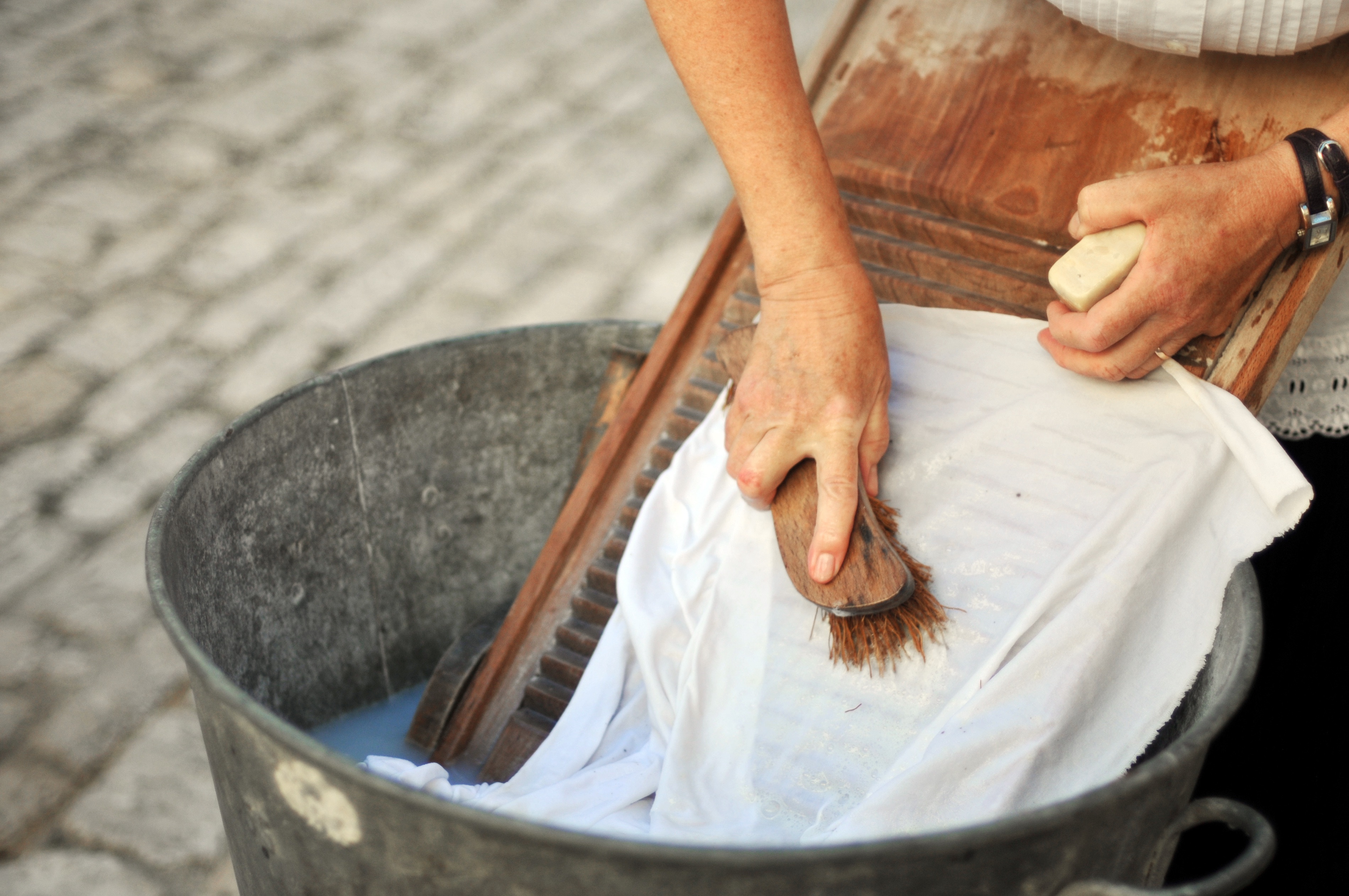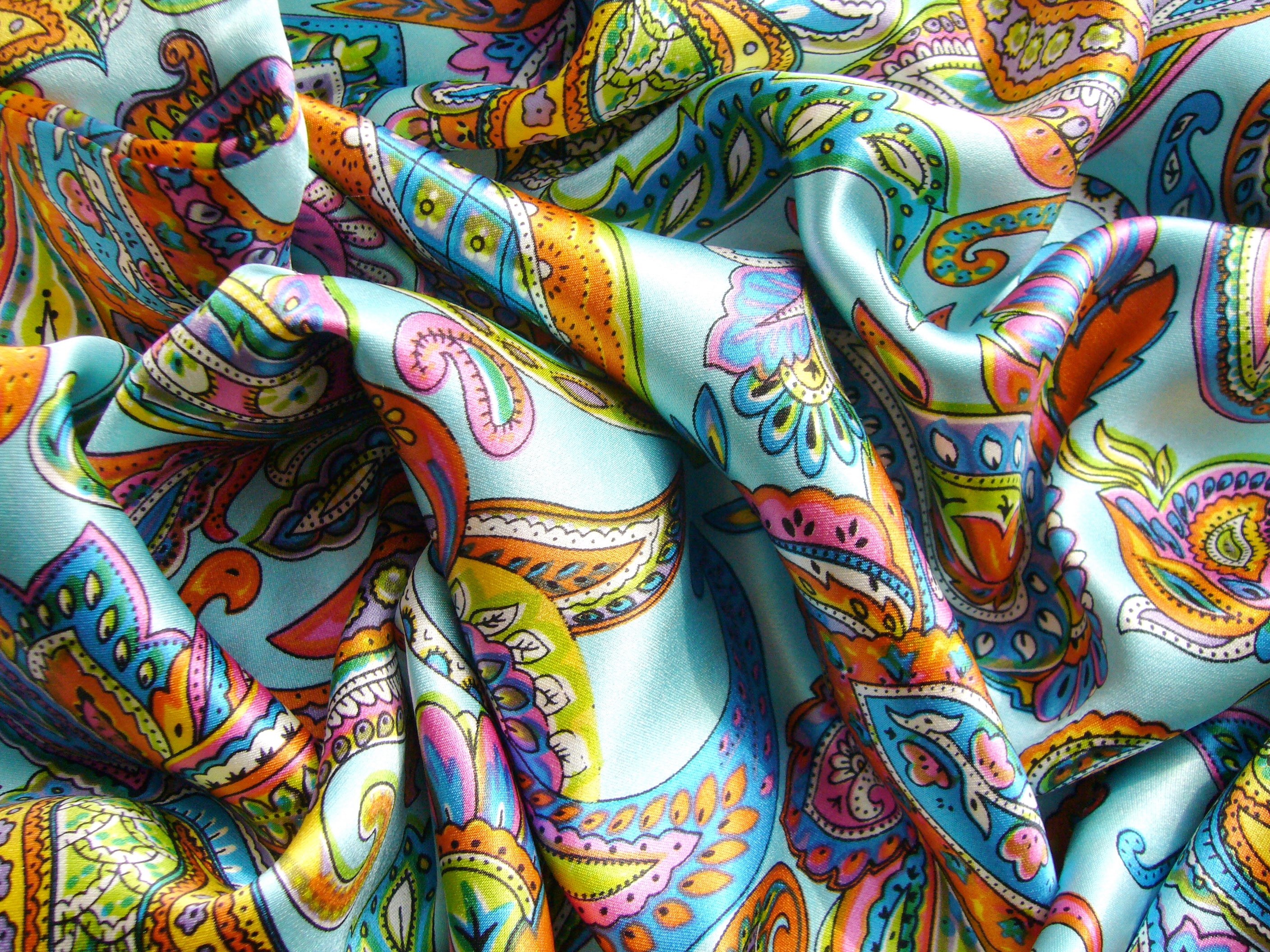The history of laundry: from ancient times to modern-day innovations
Post Date:

The History of Laundry: From Ancient Times to Modern-Day Innovations
The history of laundry is a fascinating journey through time, highlighting the evolution of an essential chore from its earliest origins to the modern-day innovations we know today. Here we will explore the different methods and tools used throughout history to clean garments and linens, as well as the impact of technological advancements on the way we approach laundry today.
Ancient Times
Laundry practices can be traced back to ancient civilizations, where various methods were employed to clean clothes and textiles. In ancient Egypt, clothes were washed in the Nile River, using natron, a naturally occurring mineral salt, as a cleaning agent. Similarly, in ancient Rome, clothes were soaked in large basins filled with water and urine, which served as a natural detergent due to its high ammonia content. After soaking, garments were then scrubbed on washboards, beaten with wooden tools, and rinsed thoroughly to remove dirt and residue.
Middle Ages and Renaissance
During the Middle Ages and Renaissance, laundry practices evolved, with people using large wooden tubs or barrels to wash their clothes. Soap made from animal fat and wood ash became a popular cleaning agent, replacing the earlier use of urine. Garments were soaked in a mixture of soap and water, then scrubbed by hand or with the help of a washboard. Clothing was often wrung out by twisting it or using a wooden wringer to remove excess water before being hung out to dry in the sun or near a fire.
18th and 19th Centuries
The 18th and 19th centuries saw significant advancements in laundry technology. The first patent for a washing machine was issued in 1691 to an Englishman named John Tizack, although it was not until the mid-1800s that washing machines became more widely available. Early washing machines were simple hand-operated devices that featured a wooden drum and a rotating handle. By the end of the 19th century, steam-powered machines and hand-cranked devices had become increasingly popular, significantly reducing the physical effort required for laundry.
20th Century
The 20th century marked the beginning of the modern era of laundry, with the invention of the first electric washing machines in the early 1900s. These early models were often expensive and unreliable, but their development paved the way for the more efficient and user-friendly machines we know today. The 1930s saw the introduction of automatic washing machines, which used a mechanical timer to control the washing and rinsing cycles. This innovation made the laundry process even more accessible and convenient, as users could simply set the machine and walk away.
By the mid-20th century, the widespread availability of washing machines and synthetic detergents had revolutionized the way people approached laundry. Synthetic detergents, which were first introduced in the 1940s, proved to be more effective at cleaning clothes than traditional soap and were less likely to leave residue or cause fabric damage. As a result, laundry became a less time-consuming and labor-intensive task, allowing people to devote more time to other activities and interests.
Modern-Day Innovations
Today, laundry technology continues to evolve, with new machines and products offering improved efficiency, convenience, and sustainability. High-efficiency washing machines use less water and energy, reducing the environmental impact of laundry and lowering utility costs. These machines often feature a variety of specialized settings and cycles, allowing users to customize their laundry experience to meet their specific needs and preferences.
Advancements in detergent formulations have also contributed to a more efficient and eco-friendly laundry process. Many modern detergents are now biodegradable, phosphate-free, and designed to work effectively in cold water, which further reduces energy consumption. In addition, the development of gentle, hypoallergenic detergents has made it easier for individuals with sensitive skin or allergies to maintain clean, fresh clothing without irritation.
Other innovations, such as laundry delivery services and smart appliances, have further streamlined the laundry experience for busy individuals and families. Laundry delivery services allow users to outsource their laundry needs, saving time and energy while ensuring professional results. Smart washing machines, which can be controlled remotely via smartphone apps, provide users with greater control and flexibility in managing their laundry routines, offering features such as delayed start times and customized wash settings.
In conclusion, the history of laundry is a fascinating journey that highlights the evolution of an essential household chore from its ancient origins to the innovative technologies and practices of today. As our understanding of textiles, cleaning agents, and machinery has advanced, so too have our methods for keeping clothes and linens clean, fresh, and well-maintained. As we continue to develop new technologies and embrace sustainable practices, the future of laundry promises to be even more efficient, convenient, and environmentally friendly.
Last Update: Mar 02, 2023 / 12:00 AM
Related Posts
Expert Cleaners
Let proffesionals clean your clothing
Detailed Inspection
Pockets, stains, clothing labels
Cleaning Rewards
Earn rewards on every order
Pick-up & Delivery
Fast pick-up and delivery to your home


